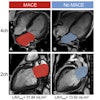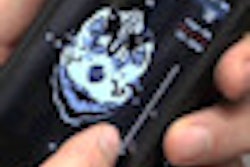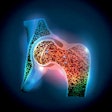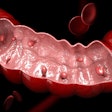Monday, November 26 | 3:30 p.m.-3:40 p.m. | SSE22-04 | Room S403B
In this scientific paper presentation, researchers will discuss the potential of a new algorithm for reducing metal artifacts on CT images.While many different CT metal artifact reduction methods have been proposed over the years, none have achieved widespread clinical use. These existing techniques require access to the scanner's proprietary raw data, can introduce new artifacts, and do not have proven clinical utility, said presenter Dr. Franz Boas, PhD, a resident physician at Stanford University Medical Center.
Boas and colleagues developed their metal deletion technique (MDT) algorithm to address all of these issues. It works by postprocessing images from any scanner and does not require access to raw data. The improved image quality can lead to a change of diagnosis in many cases, Boas said.
In a study evaluating MDT, the method changed the diagnosis, improved visualization of key findings, or improved diagnostic confidence in 14% of cases, he said.
MDT is now being used in more than 55 hospitals around the world, and has been employed at Stanford alone to process more than 300 cases, according to Boas. The institution recently found a case of rectal cancer that was originally missed due to streaks from bilateral hip replacements, as well as cases of infarcts and hemorrhages obscured by intracranial aneurysm coils.
"MDT also improves radiation therapy planning in patients with metal implants," he said.




















